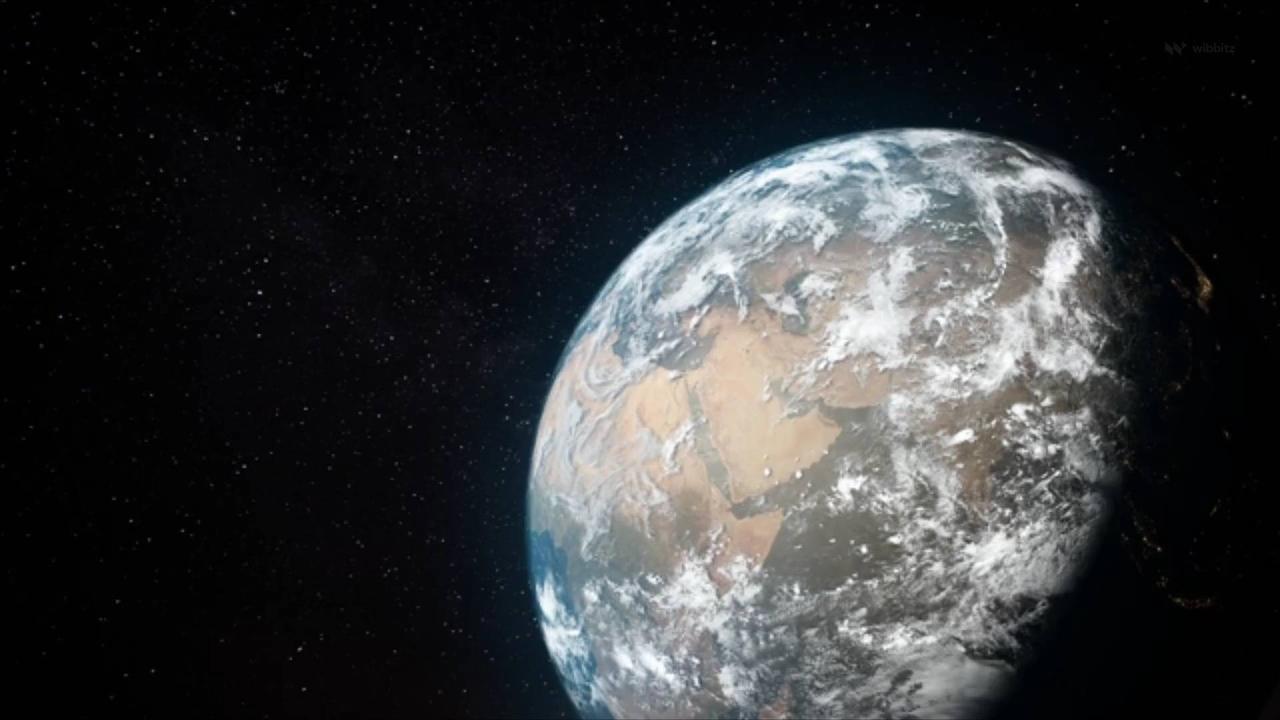Powerful Solar Storm Expected to Disrupt Radio Signals

Powerful Solar Storm Expected to Disrupt Radio Signals
Powerful Solar Storm , Expected to Disrupt , Radio Signals .
'Newsweek' reports that a solar storm, caused by an X-class solar flare that took place on New Year's Eve, was expected to impact Earth on January 2.
.
Experts warned that the resulting solar storm could start disrupting radio signals and cause bright auroras on that date.
The super #solarstorm launched during a X4.98-flare New Year's Eve will clip Earth.
NOAA prediction shows impact early January 2 (UTC), Tamitha Skov, space weather physicist, via X .
The storm should hit hard, but last less than a day.
Expect bright, but short-lived #aurora plus #radio signal disruptions on Earth's nightside, Tamitha Skov, space weather physicist, via X .
The storm should hit hard, but last less than a day.
Expect bright, but short-lived #aurora plus #radio signal disruptions on Earth's nightside, Tamitha Skov, space weather physicist, via X .
A solar flare is an ejection of electromagnetic radiation, usually in the form of X-rays.
.
Typically, solar flares are emitted from sunspots on the surface of the sun and occur when magnetic fields in those sunspots become reorganized or entangled.
The weakest are the A-class flares, followed in intensity by the B-class, C-class, M-class—these are moderate—and the X-class, Gonzalo José Carracedo Carballal, astrophysics researcher at Madrid's Instituto Nacional de Técnica, via 'Newsweek'.
According to Jesse Woodroffe, a program scientist in the Heliophysics Division at NASA headquarters, solar flares are, "around a million times stronger than a nuclear bomb.".
However, 'Newsweek' reports that a nuclear explosion takes place in a highly localized position of time and space, while the energy emitted by solar flares spreads across a vast distance.
The X-class event on December 31 was the most powerful on record since the beginning of the current solar cycle, which started in December of 2019


![VIDEO: Meteorite Crash Sparks PANIC Across South Carolina, Georgia After 'FIREBALL' Seen In Sky [Video]](https://video.newsserve.net/300/v/20250627/1414909394-VIDEO-Meteorite-Crash-Sparks-PANIC-Across-South-Carolina.jpg)
![‘Jai Hind! Jai Bharat’ | Indian Astronaut Shubhanshu Shukla Lifts-off to Space | Axiom-4 Mission [Video]](https://video.newsserve.net/300/v/20250625/1414786640-Jai-Hind!-Jai-Bharat-Indian-Astronaut-Shubhanshu.jpg)

![Real-estate luxury: This Spanish city has become the world's top millionaire magnet [Video]](https://video.newsserve.net/300/v/20250701/1415235820-Real-estate-luxury-This-Spanish-city-has-become.jpg)
![Spanish left puts pressure on PM Sánchez: IU threatens to leave government over increase in defence spending [Video]](https://video.newsserve.net/300/v/20250607/1413234916-Spanish-left-puts-pressure-on-PM-Sánchez-IU.jpg)
![Former aide to Ukraine's pro-Russian ex-President Yanukovych shot dead outside school in Madrid [Video]](https://video.newsserve.net/300/v/20250527/1411437390-Former-aide-to-Ukraine-pro-Russian-ex.jpg)
![Spain hosts European and Arab nations to discuss Israel-Palestine two-state solution [Video]](https://video.newsserve.net/300/v/20250526/1411908720-Spain-hosts-European-and-Arab-nations-to-discuss.jpg)
![Spain Hit by MASSIVE Communication Blackout | Mobile & Internet Down Nationwide [Video]](https://video.newsserve.net/300/v/20250520/1411343734-Spain-Hit-by-MASSIVE-Communication-Blackout-Mobile.jpg)